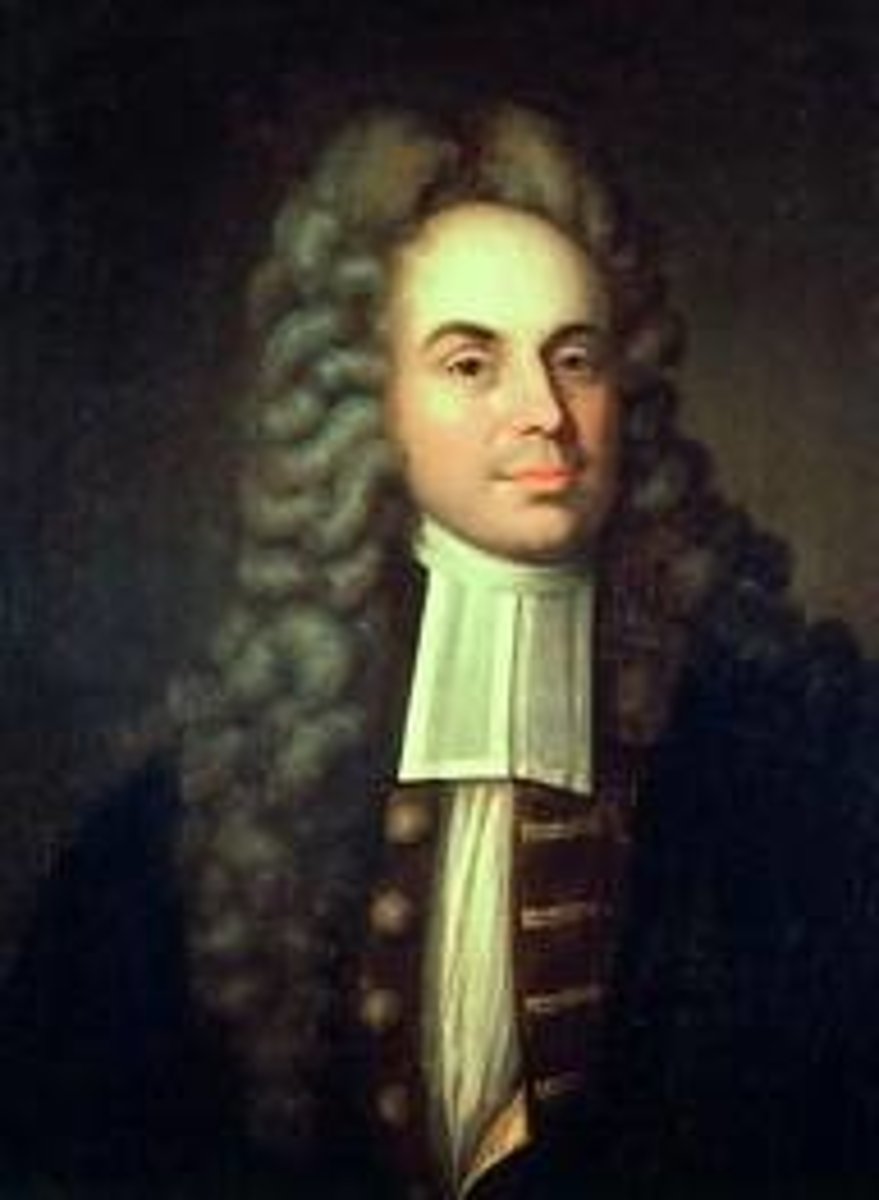APUSH Ch5 - Colonial Society on the Eve of Revolution 1700-1775
1/22
There's no tags or description
Looks like no tags are added yet.
Name | Mastery | Learn | Test | Matching | Spaced |
|---|
No study sessions yet.
23 Terms
Borderlands
were places where two or more nations or societies border each other, and where power is dispersed among competing actors, resulting in fluid social relations, hybrid cultures, and the absence of firmly agreed sovereignty. During the colonial era in North America, borderlands were often places where European empires and Native American societies engaged with each other, including the Great Lakes and the Missouri Valley regions. Other examples include the vast territory from Texas to California where Hispanic and Anglophone (English-speaking) cultures have intermingled for centuries.
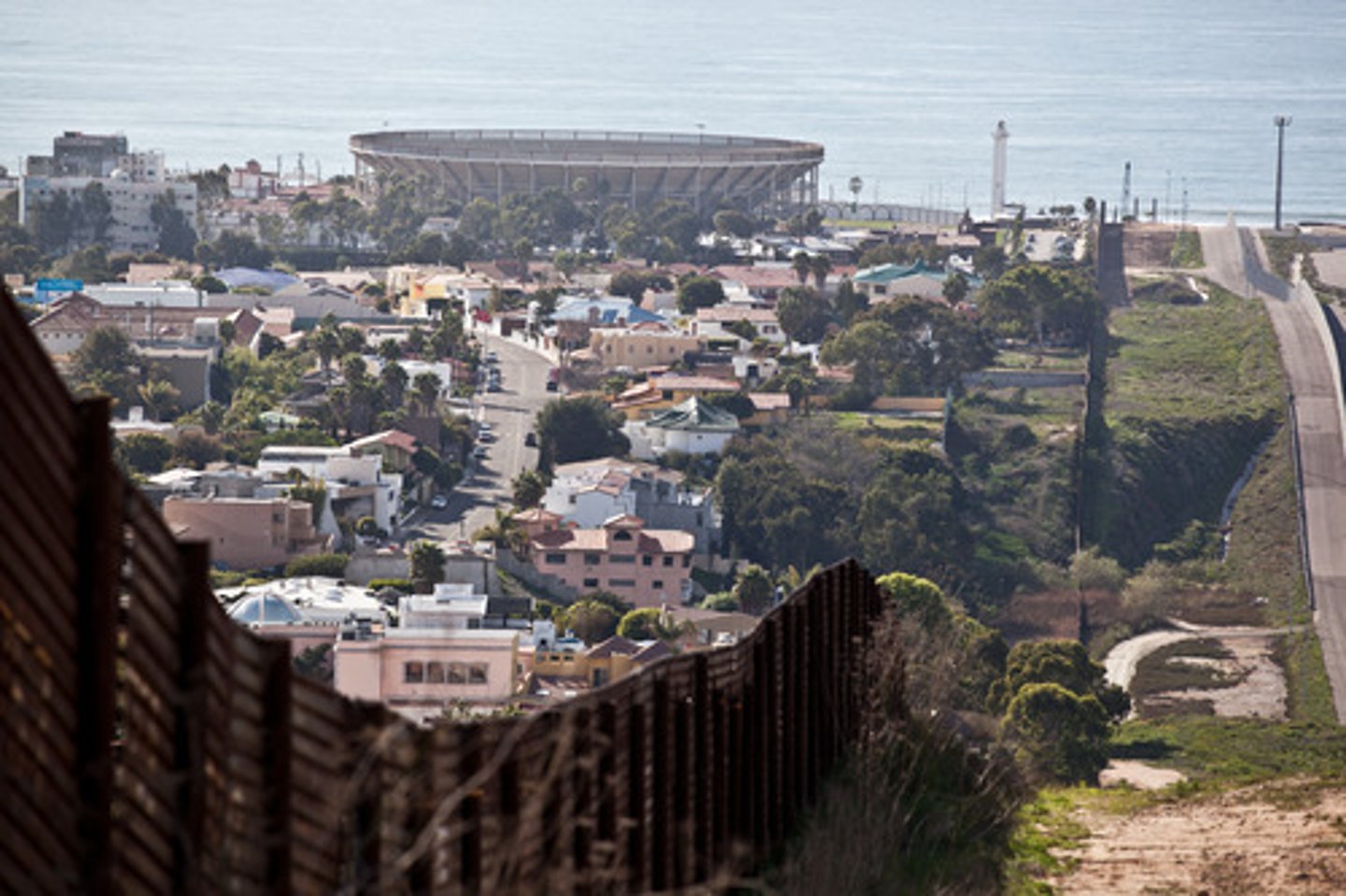
Paxton Boys
were an armed mob of Scotts-Irish Philadelphia settlers in protest against the Quaker establishment's lenient policies toward Native Americans.

Regulator Movement
was an eventually violent uprising of Backcountry settlers in North Carolina against unfair taxation and the control of colonial affairs by the seaboard elite.

New York slave revolt
was an uprising of approximately two dozen enslaved Africans that resulted in the deaths of nine whites and the brutal execution of twenty-one participating blacks.
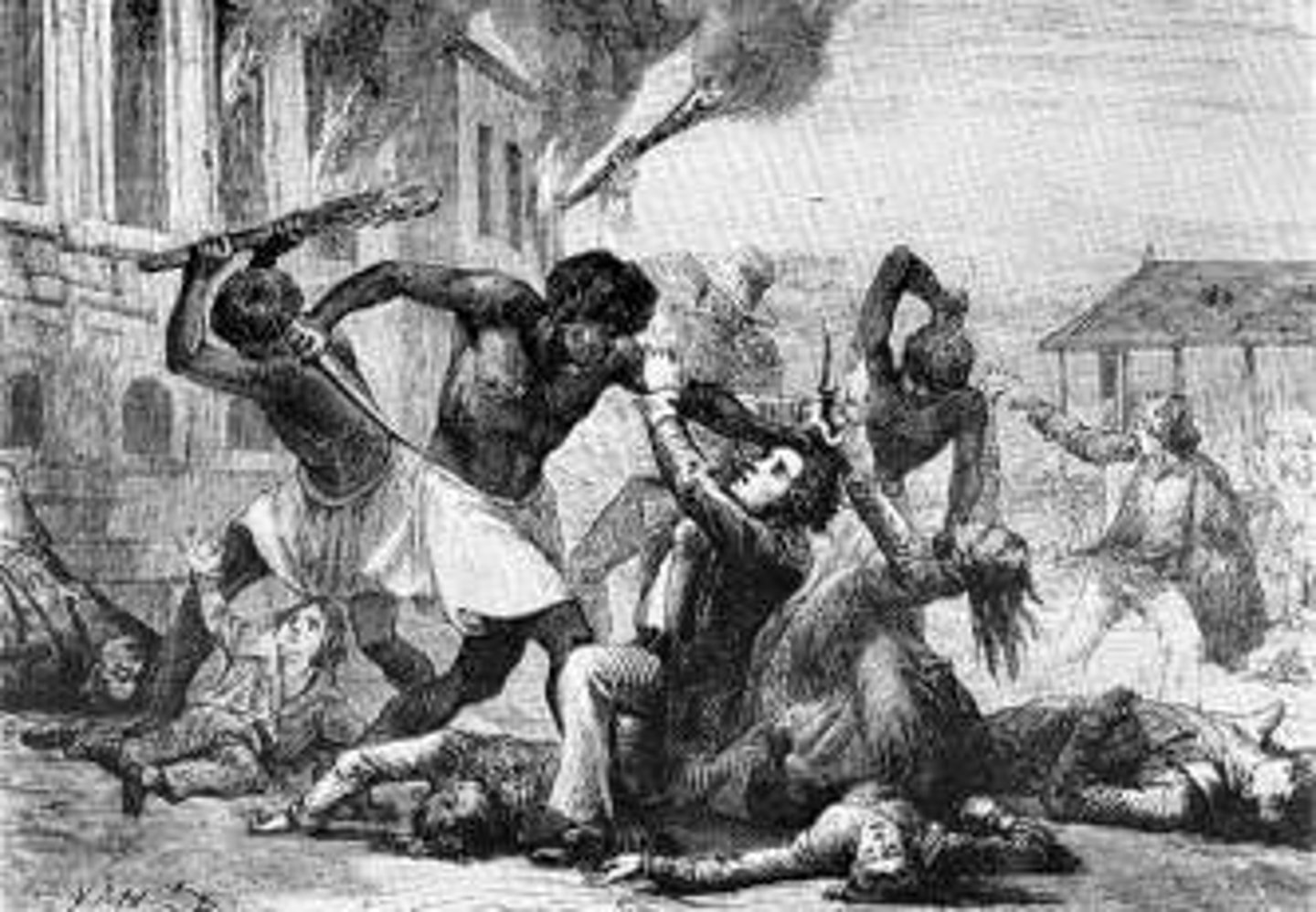
South Carolina slave revolt (Stono River)
was an uprising, also known as the Stono Rebellion, of more than fifty South Carolina blacks along the Stono River. They attempted to reach Spanish Florida but were stopped by the South Carolina militia.
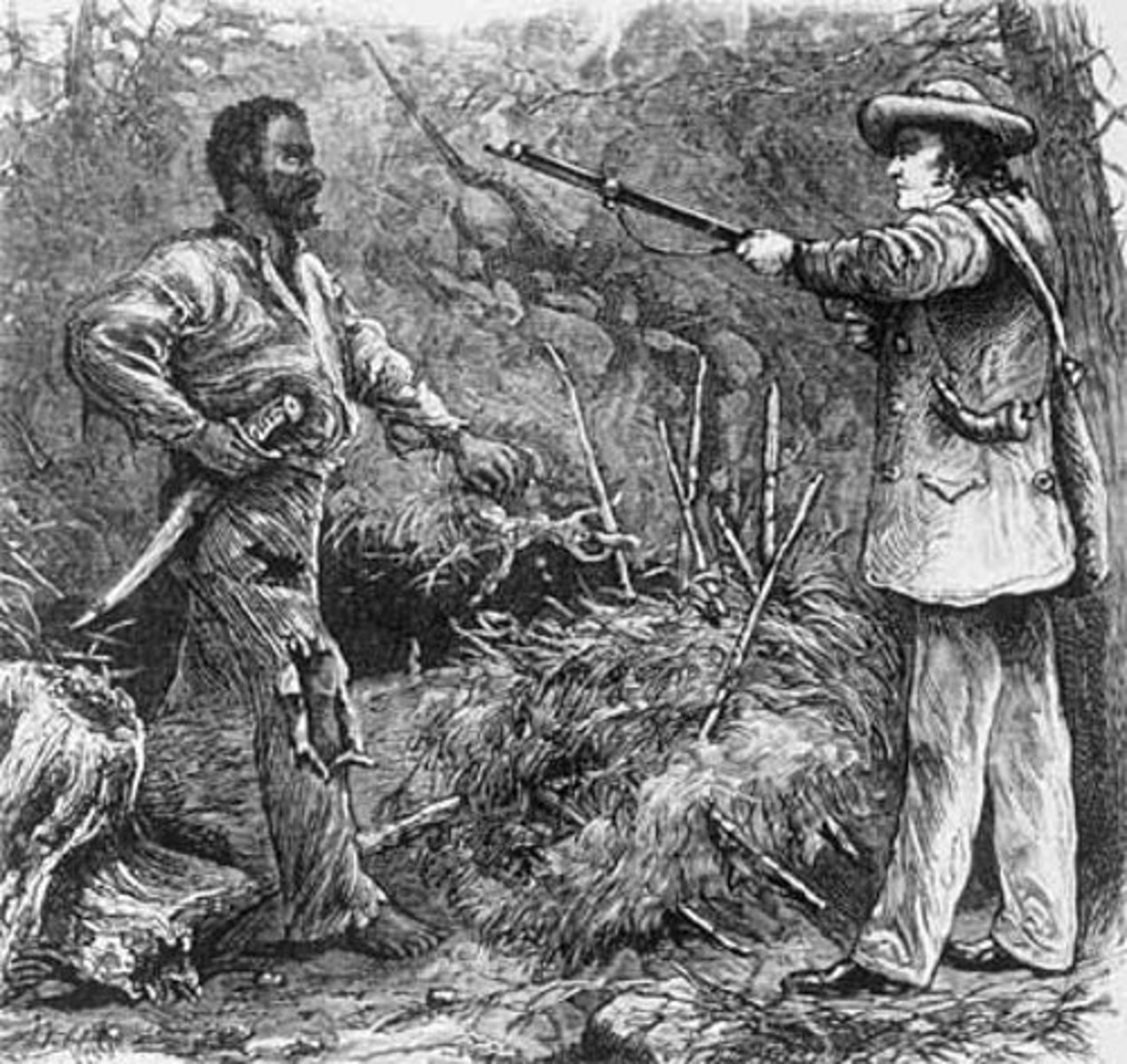
triangular trade
describes the exchange of rum, slaves, and molasses between the North American colonies, Africa, and the West Indies. A small but immensely profitable subset of the Atlantic trade.
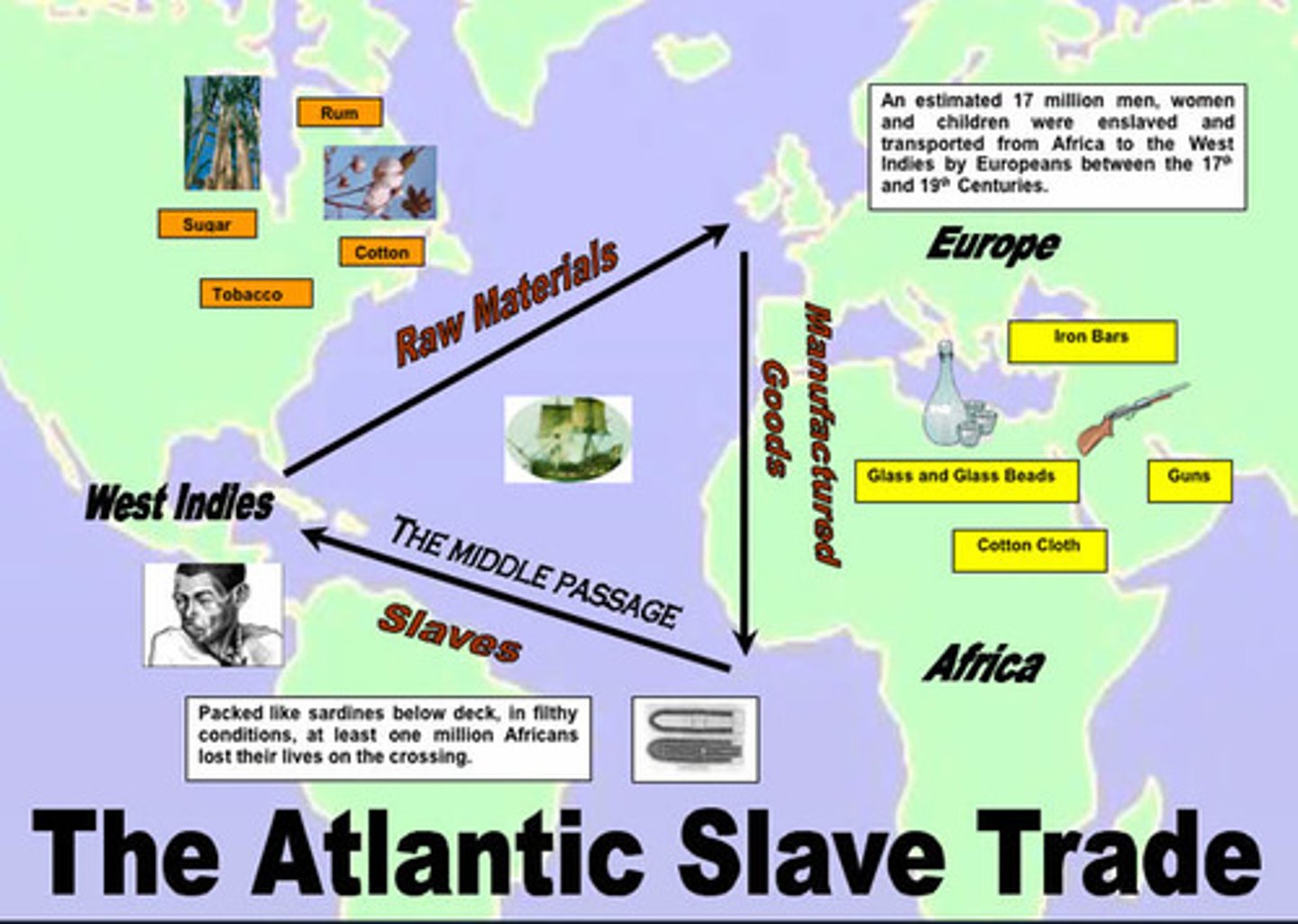
Molasses Act
was a tax on imported molasses passed by Parliament in an effort to squelch the North American trade with the French West Indies. It proved largely ineffective due to widespread smuggling.
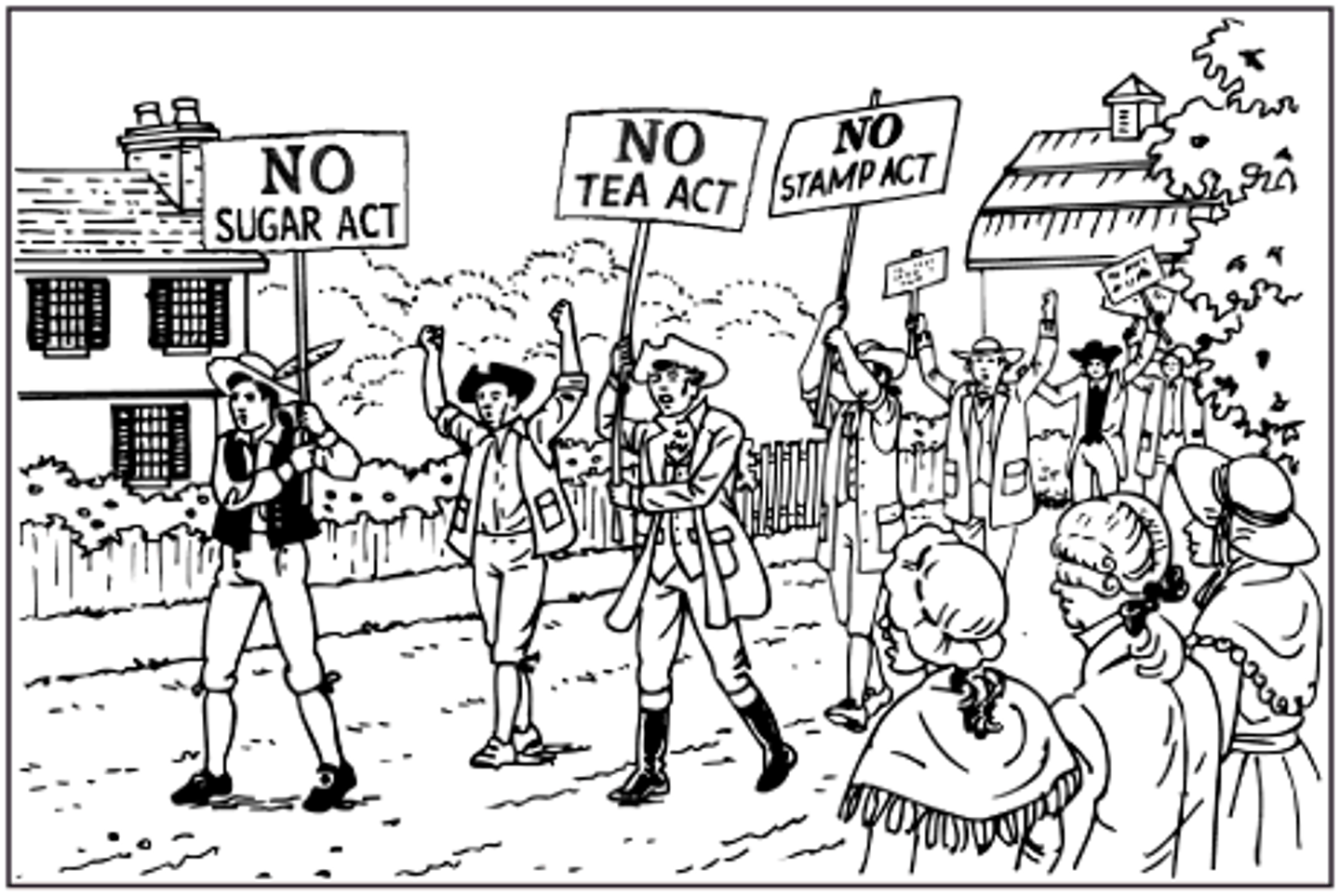
Arminianism
the belief that salvation is offered to all humans but is conditional on the acceptance of God's grace. Different from Calvinism, which emphasizes predestination and unconditional election.
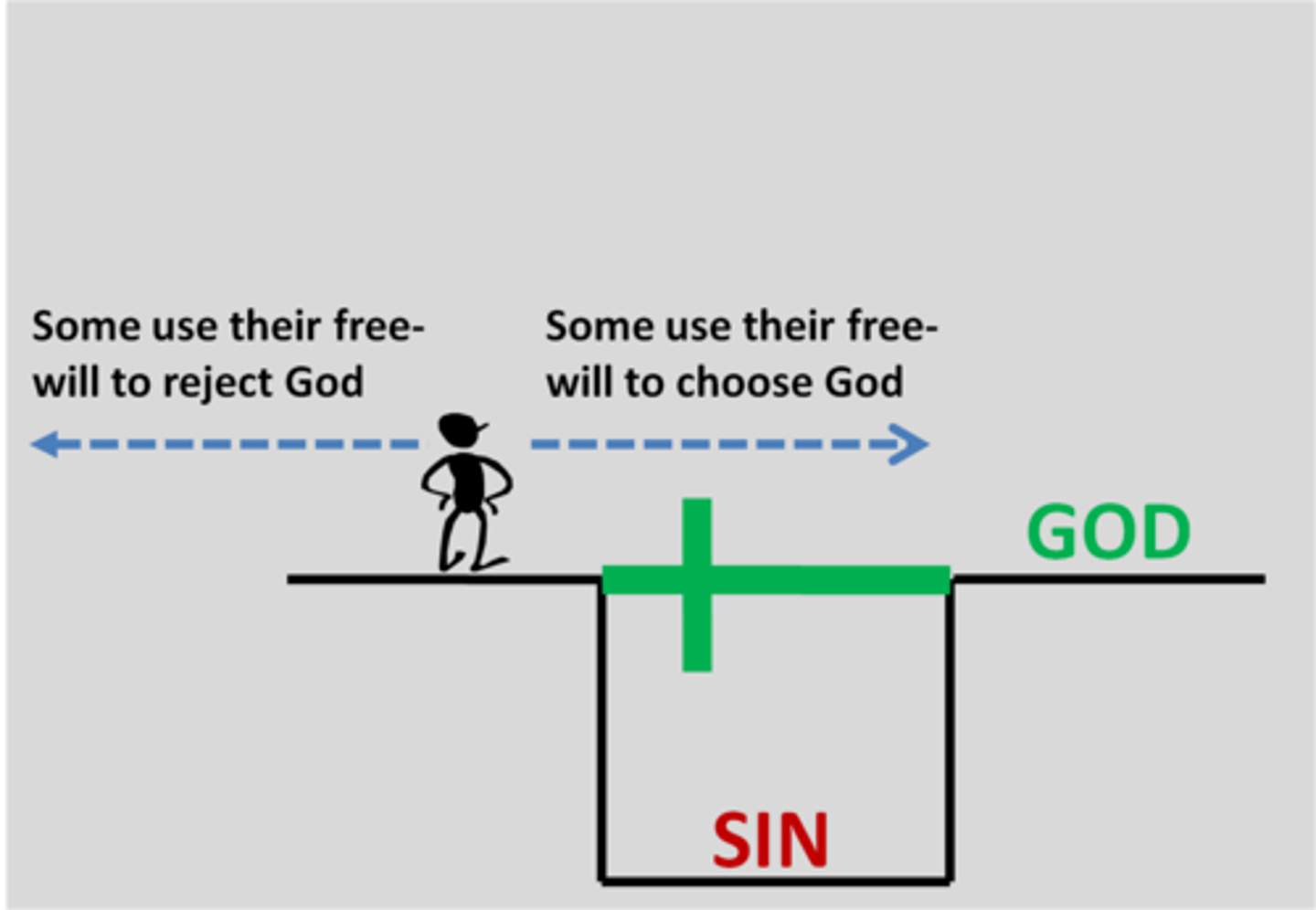
The (first) Great Awakening
a religious revival that swept the colonies in the mid-18th century. Participating ministers, most notably Jonathan Edwards and George Whitefield, placed an emphasis on direct, emotive spirituality. A Second Great Awakening arose in the nineteenth century.
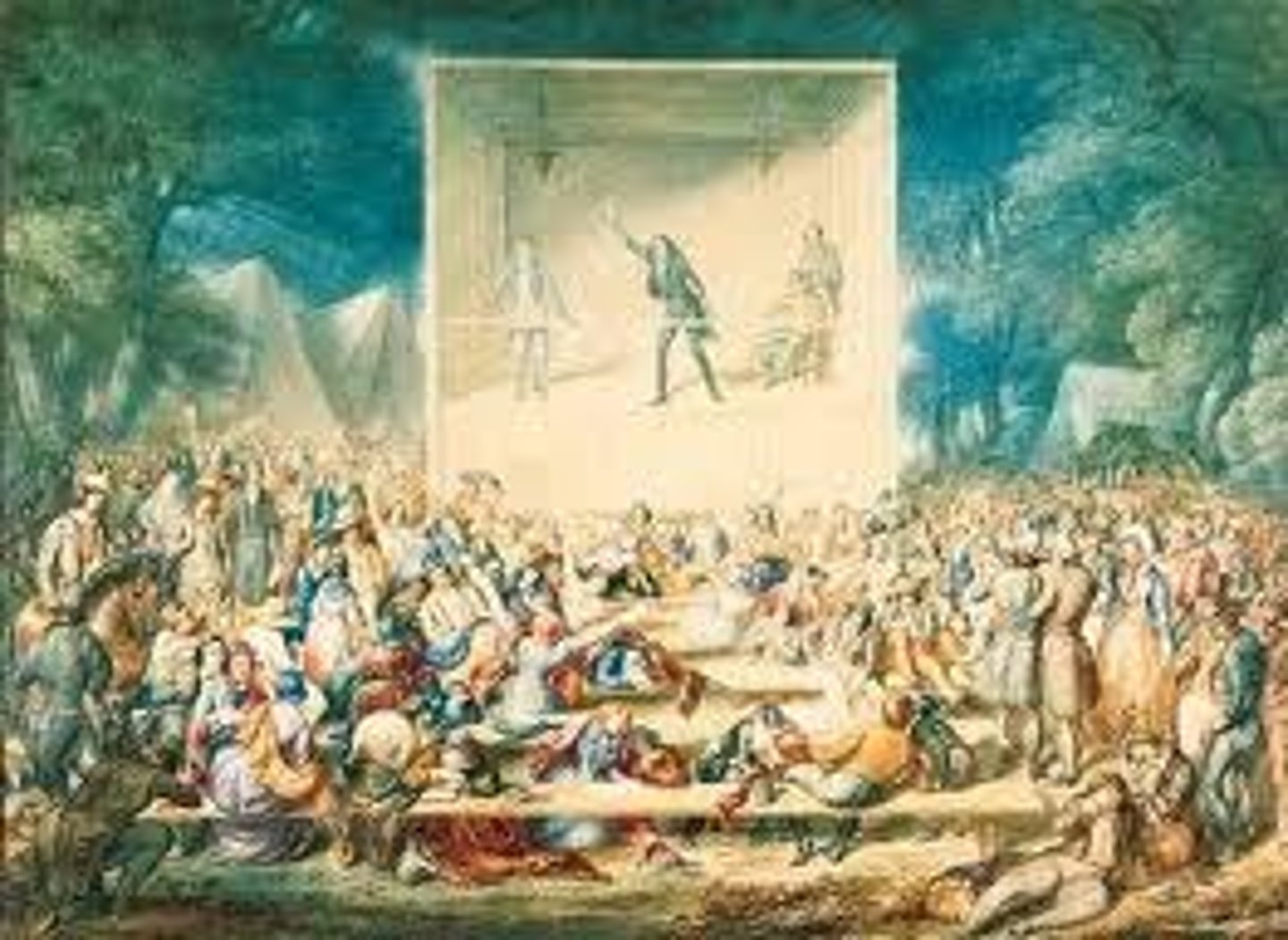
Old lights
described orthodox clergymen who rejected the emotionalism of the Great Awakening in favor of a more rational spirituality.
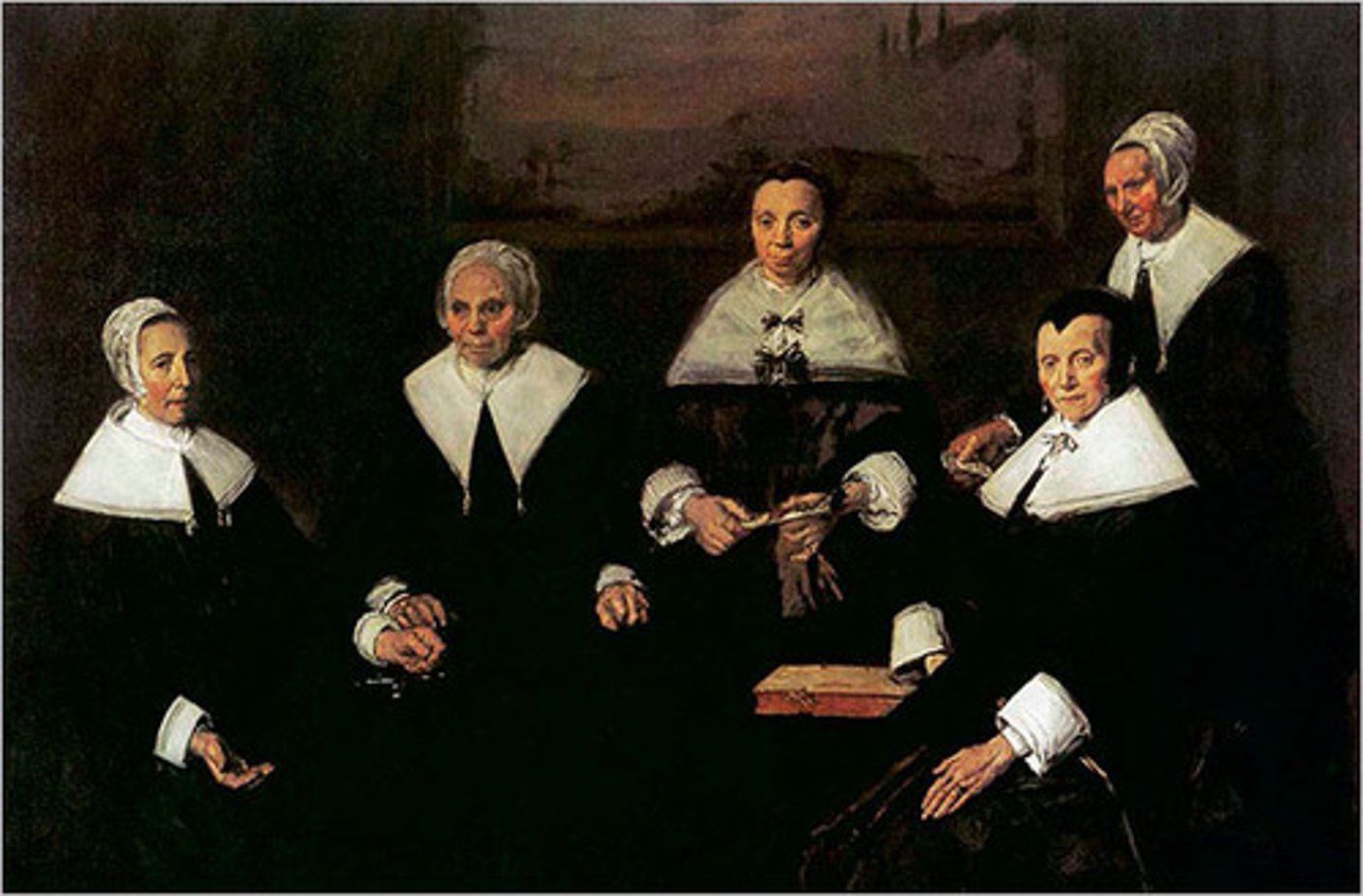
New lights
were ministers who took part in the revivalist, emotive religious tradition pioneered by George Whitefield during the Great Awakening.
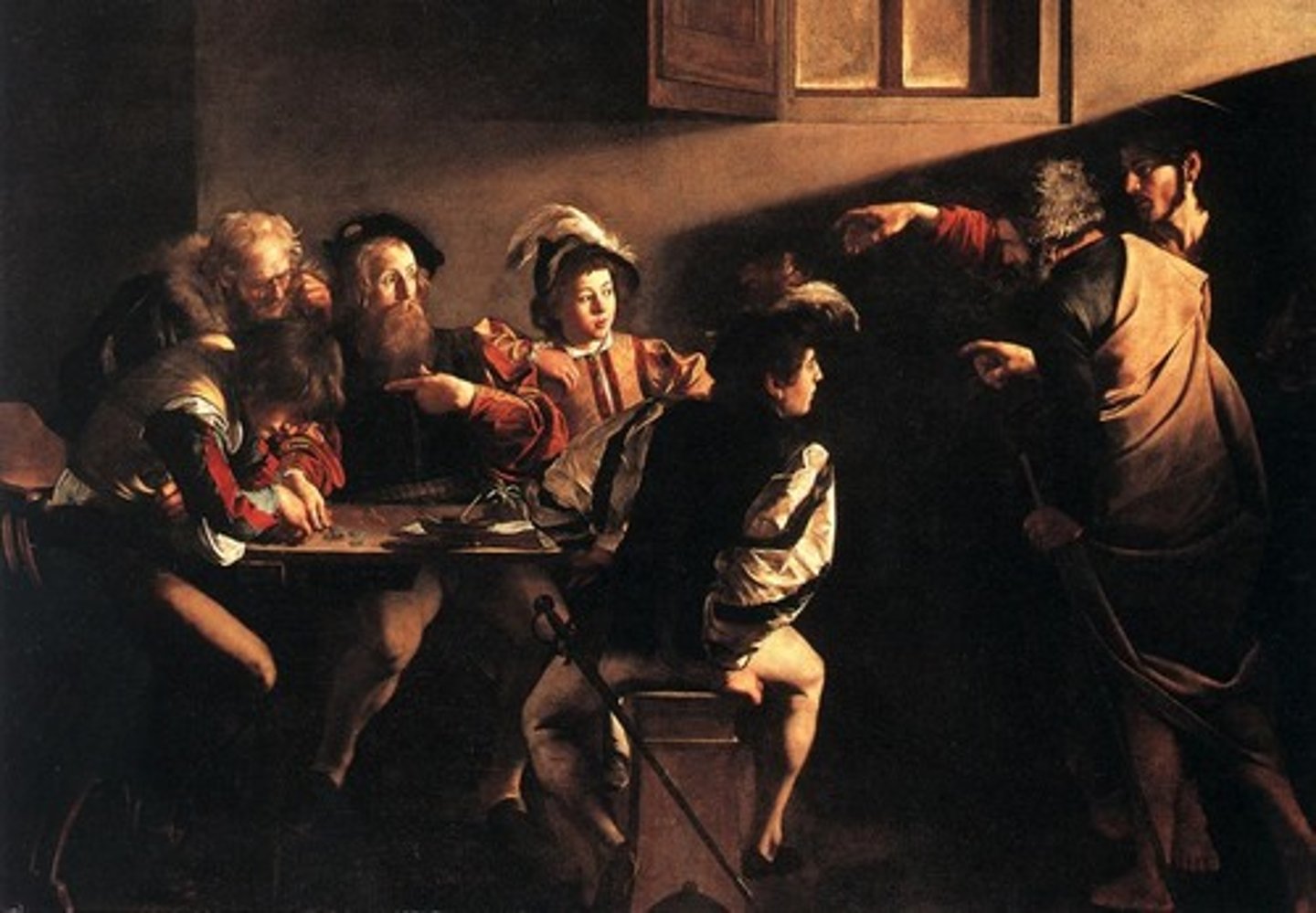
Poor Richard's Almanack
was a widely read annual pamphlet edited by Benjamin Franklin. Best known for its proverbs and aphorisms emphasizing thrift, industry, morality, and common sense.
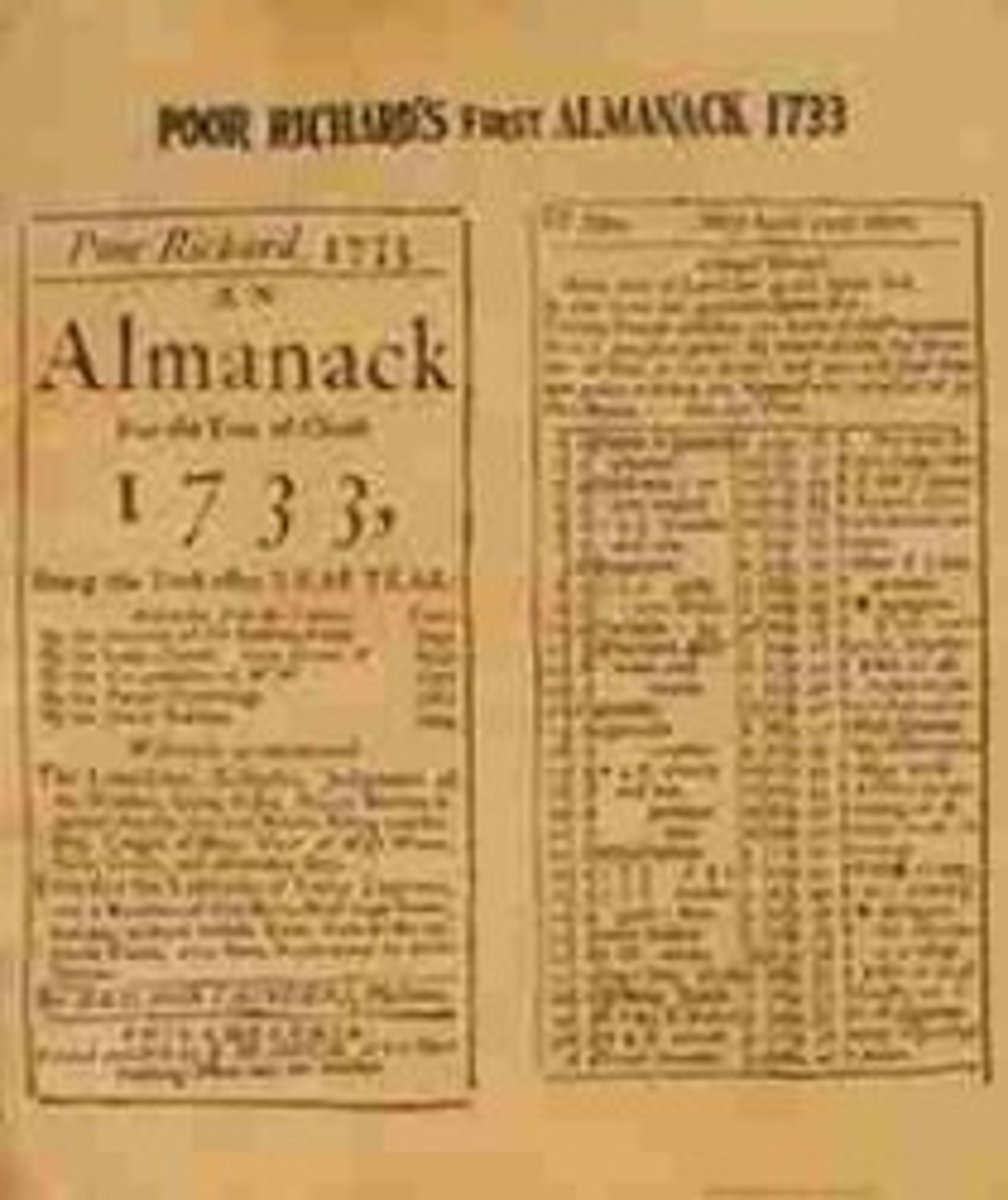
Zenger trial
was a New York libel case (defamation expressed by print, writing, pictures, etc.) against John Peter Zenger. Established the principle that truthful statements about public officials could not be prosecuted as libel.
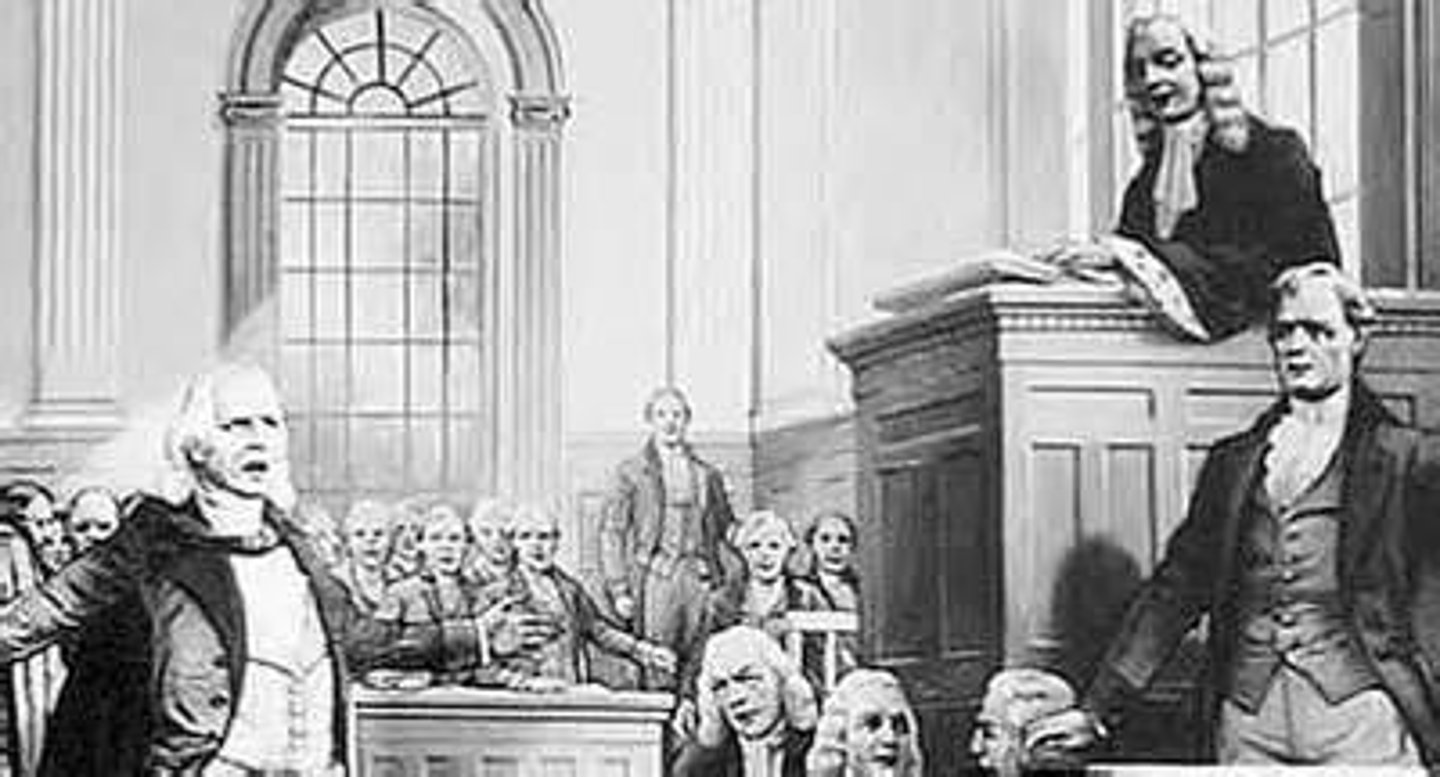
Royal colonies
were colonies were governors were appointed directly by the king. Though often competent administrators, the governor's frequently ran into trouble with colonial legislatures, which resented the imposition of control from across the Atlantic.
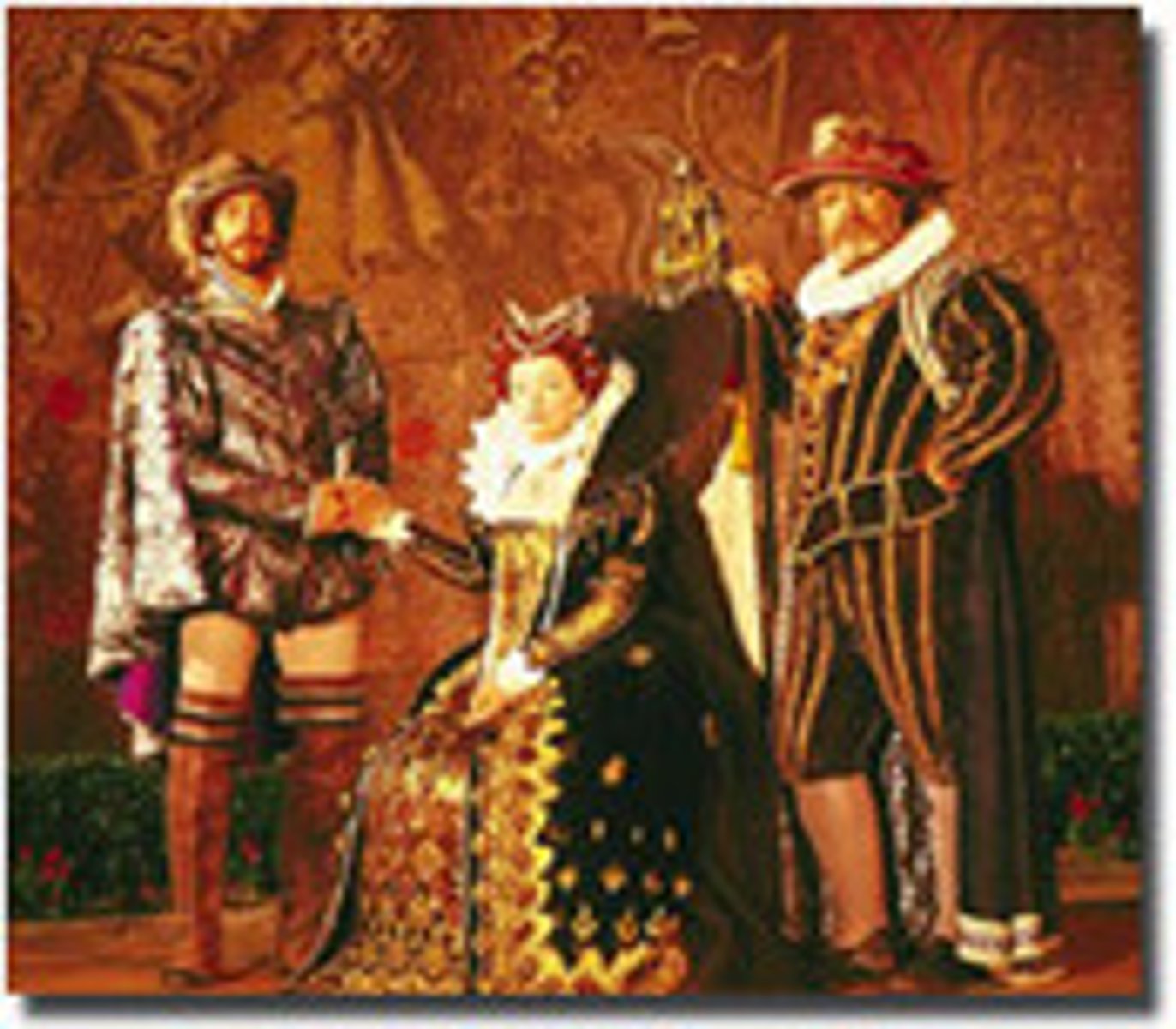
Proprietary colonies
Colonies, such as Maryland, Pennsylvania, and Delaware - which were under the control of local proprietors, who appointed colonial governors.

Michel-Guillaume Jean de Crevecoeur (1735-1813)
was a French settler whose essays depicted life in the North American colonies and described what he saw as a New American identity—an amalgam of multiple ethnicities and cultures.
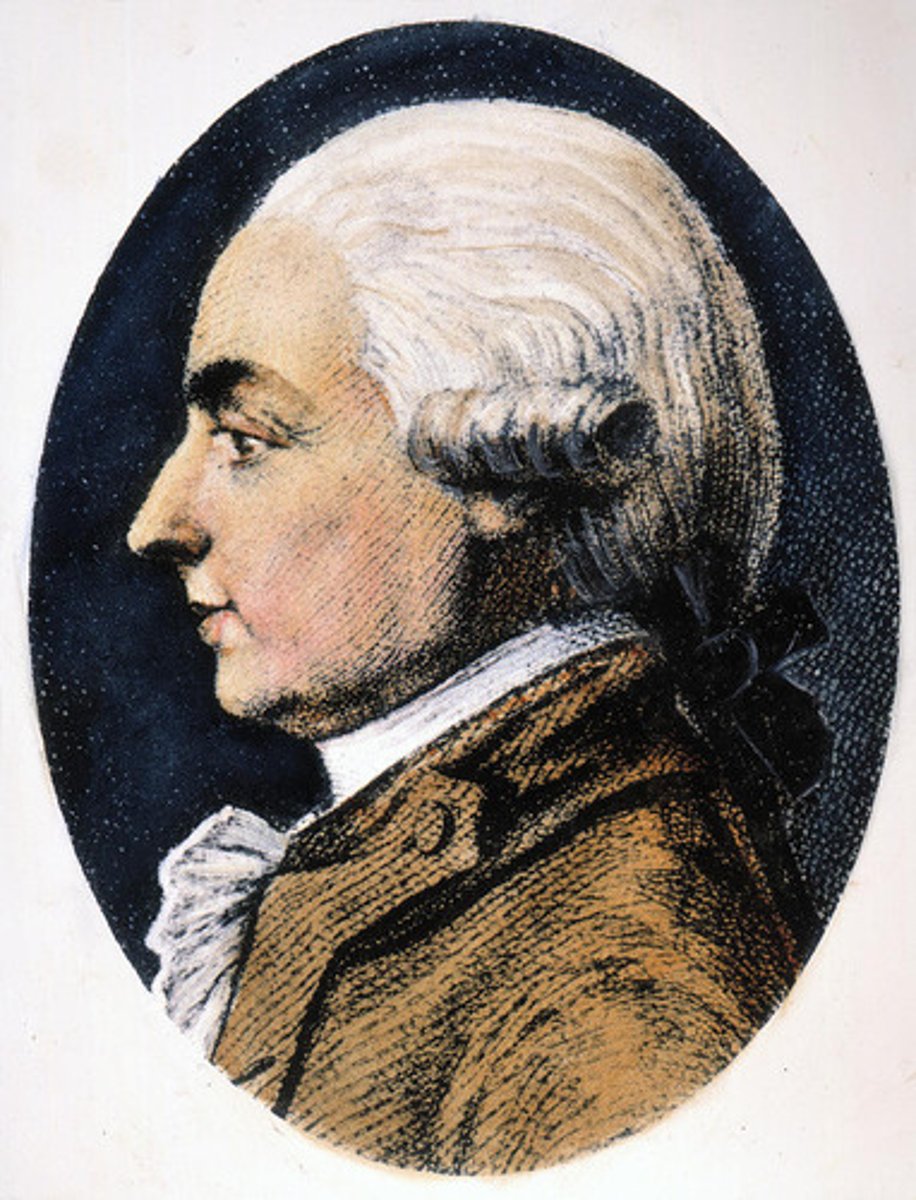
Jacobus Arminius (1560-1609)
was a Dutch theologian who rejected predestination, preaching that salvation could be attained through the acceptance of God's grace and was open to all, not just the elect.

Jonathan Edwards (1703-1758)
was a New England minister whose fiery sermons helped touch off the First Great Awakening. Edwards emphasized human helplessness and depravity and touted that salvation could be attained through God's grace alone.
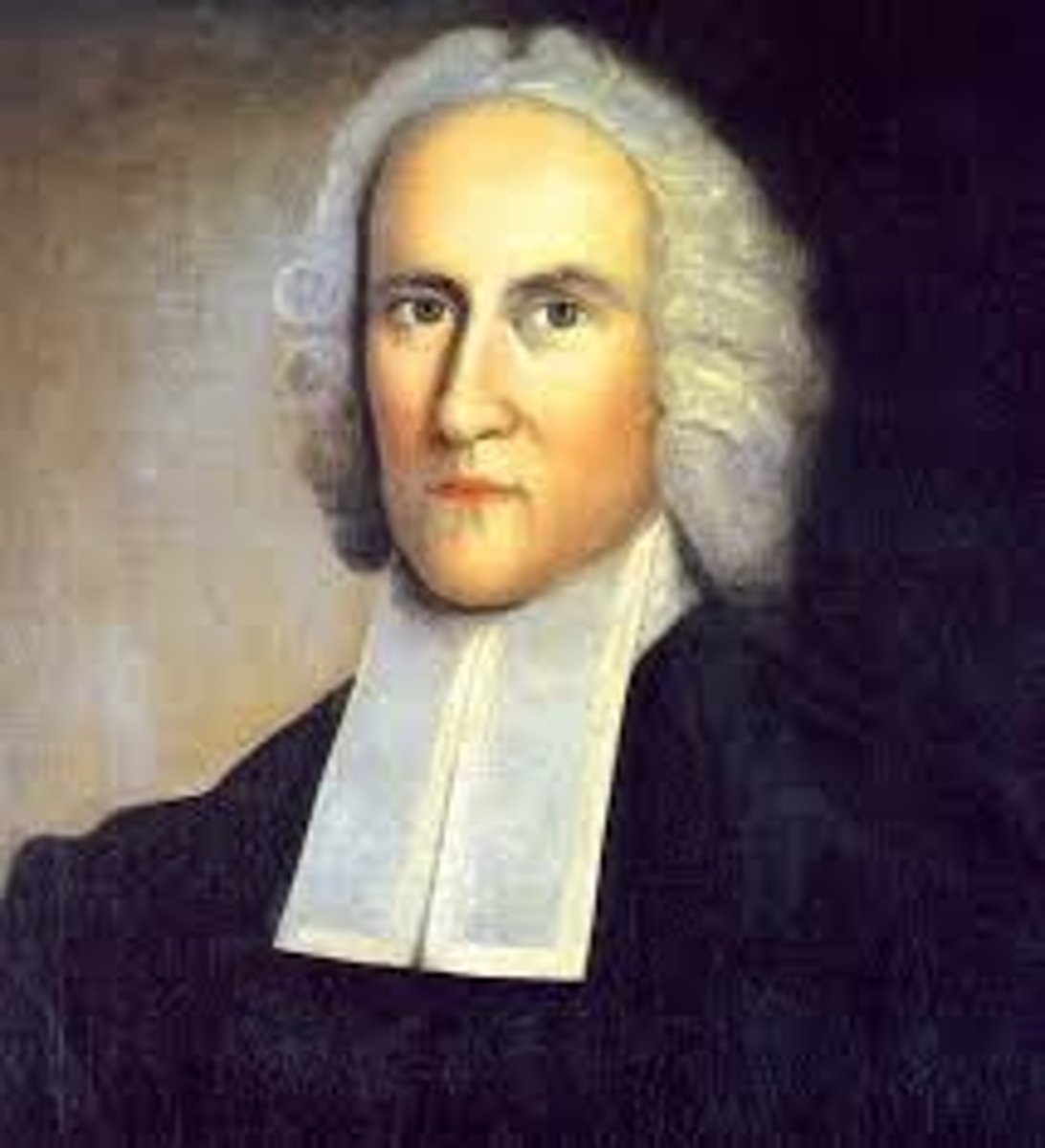
George Whitefield (1714-1770)
was an itinerant (traveling) English preacher whose rousing sermons throughout the American colonies drew vast audiences, and sparked a wave of religious conversion, the First Great Awakening. Whitefield's emotionalism distinguished him from traditional, "old light," ministers who embraced a more reasoned, stoic approach to religious practice.
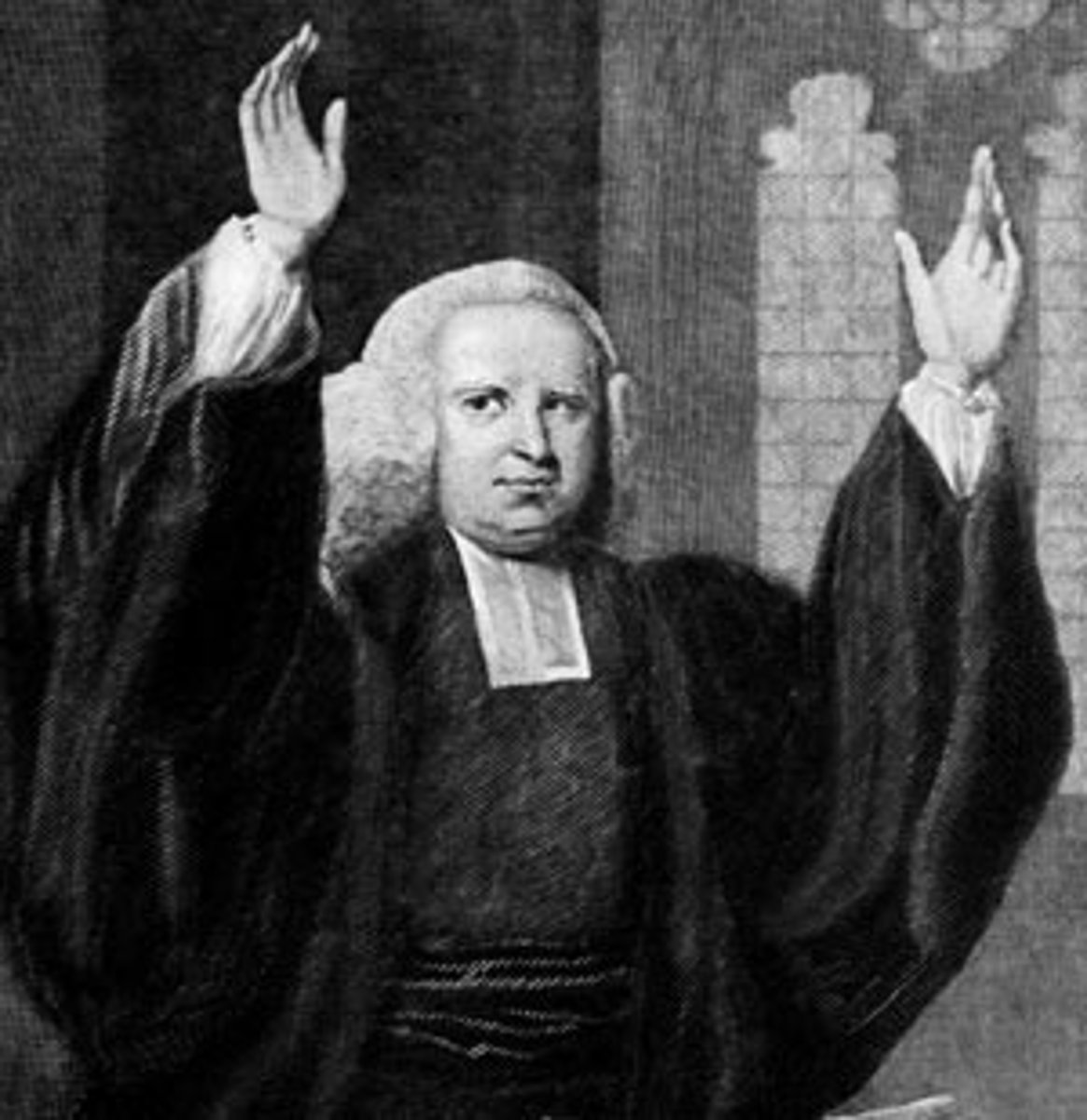
John Trumbull (1756-1843)
was a Connecticut-born painter who, like many of his contemporaries, traveled to England to pursue his artistic ambitions. Trumbull was best known for his depictions of key events in the American Revolution, including the signing of the Declaration of Independence.
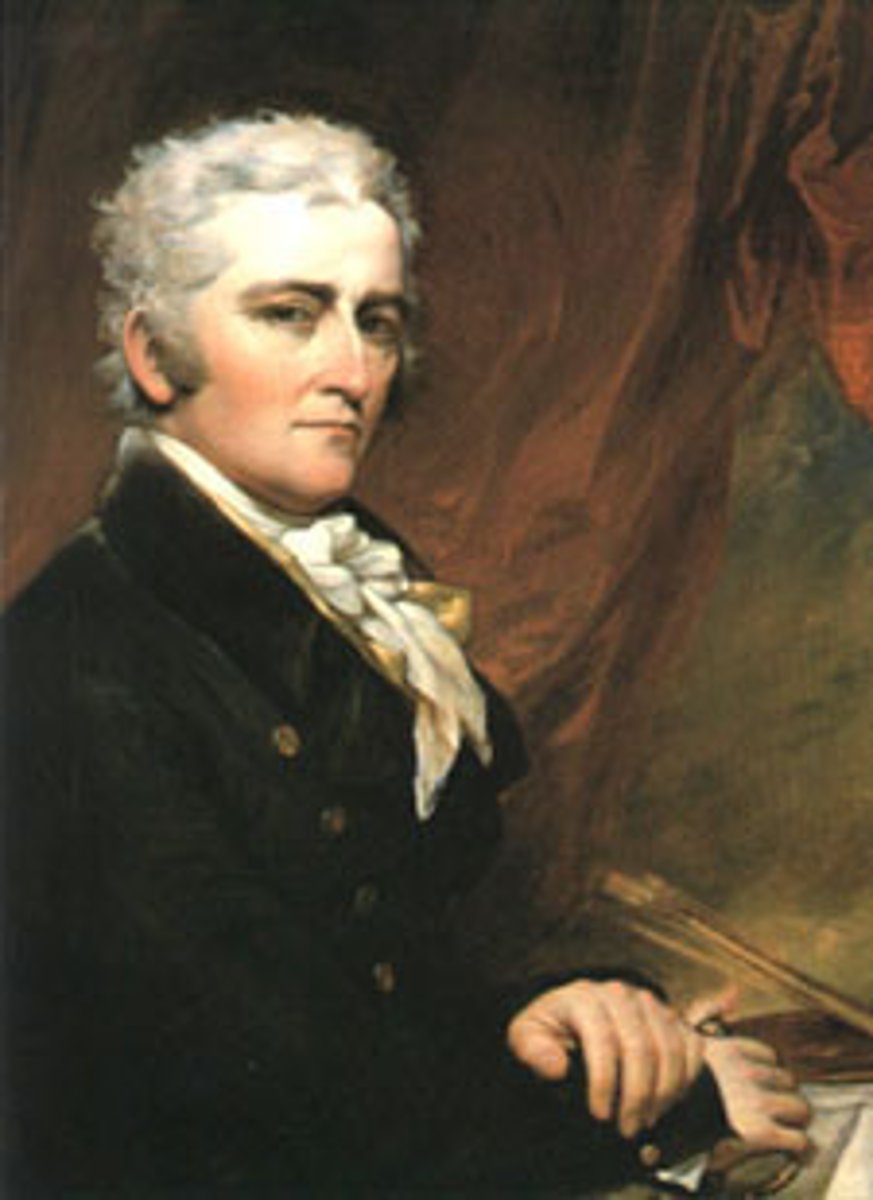
John Singleton Copley (1738-1815)
Massachusetts-born artist best known for his portraits of prominent colonial Americans, including Samuel Adams and Paul Revere. A Loyalist during the Revolutionary War, Copley spent the rest of his life in London, painting portraits of British aristocrats and depicting scenes from English history.
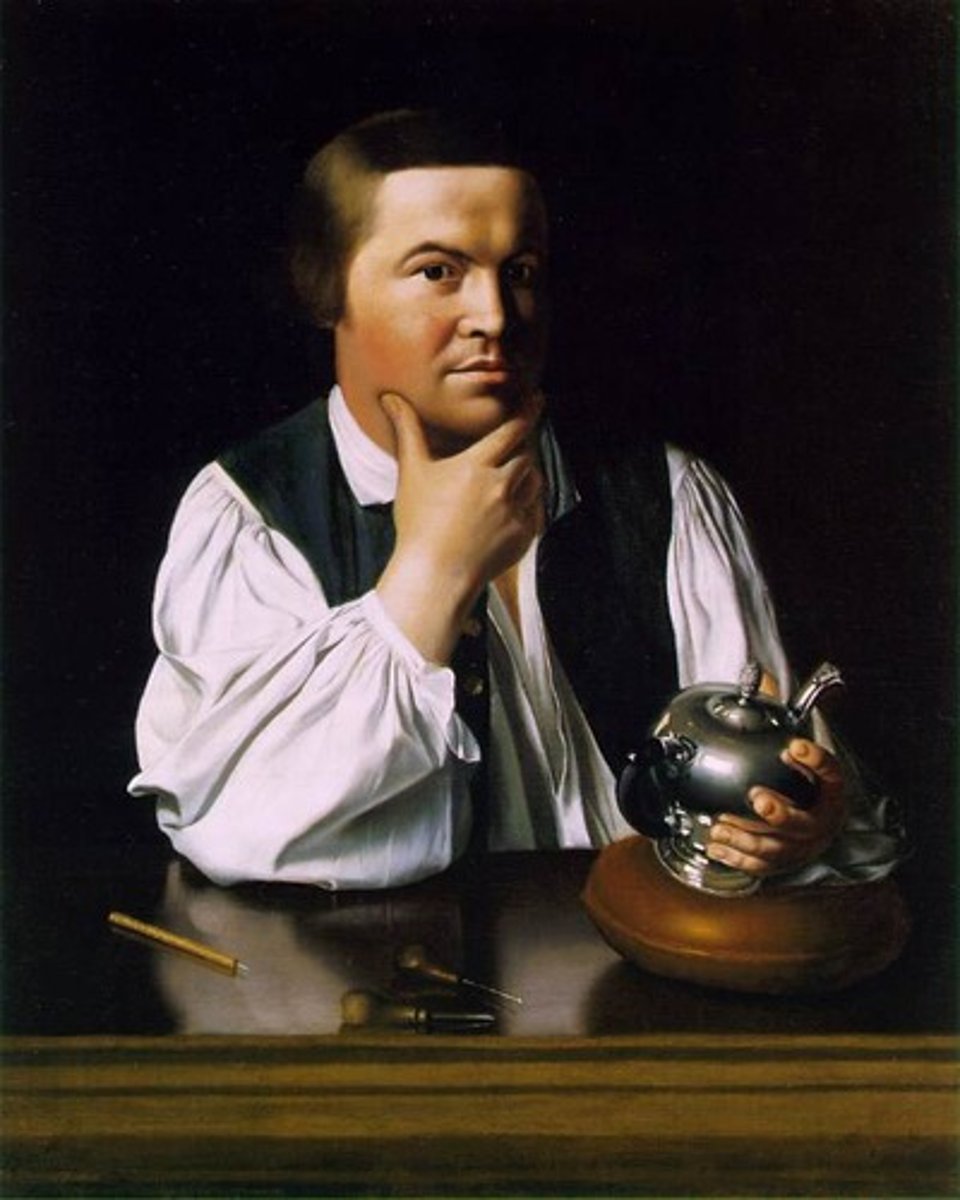
Phillis Wheatley (ca. 1753-1784)
was an African American poet who overcame the barriers of slavery to publish two collections of her poems. As a young girl, Wheatley lived in Boston; she was later taken to England, where she found a publisher willing to distribute her work.

John Peter Zenger (1697-1746)
was a New York printer tried for seditious libel against the state's corrupt royal governor. His acquittal set an important precedent for freedom of the press.
